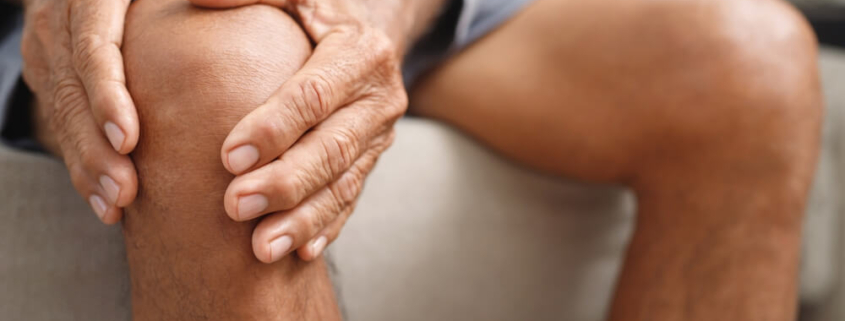Common Knee Injuries Caused by Accidents
Knee injuries are a common occurrence in accidents. These injuries may range from minor scrapes and bruises to knee fractures, dislocations, and ligament tears that may require extensive medical attention and rehabilitation.
The injured victim’s physical condition and age along with the severity of the knee injuries will determine how long it takes to recover from the accident and how successfully the knee function is restored. Certain injuries heal well over a period of time, while others result in chronic pain and impact the victim’s quality of life forever.
Accidents Commonly Result in Patellar Fractures
The kneecap or patella serves as the protective shield for the knee. It gives the knee its structure and the ability to move freely and bend. The knee joint may be exposed to damage because of a break in the kneecap bone. Car accidents cause intense trauma that can cause this break, affecting the kneecap.
These are the four types of patellar fractures:
- Displaced fractures occur when the bone breaks and is moved from its position. This type of fracture requires surgery to realign the bone with the rest of the knee.
- Stable fracture: Bone is knocked out of position by 1 – 2 mm
- Comminuted fracture: Patella gets shattered in 3 or more pieces that remain floating within the knee
- Open fracture: Pieces of the broken bone pierces the skin or penetrate downwards into the bone
Torn Ligaments Following a Car Crash
This type of injury is common after the knee hits the dashboard following a car crash. Elastic tissues or ligaments hold the knee together. The ligaments are responsible for connecting the femur to the fibula and tibia. It stabilizes the knee joint to protect it from twisting. These ligaments may tear following car accident trauma affecting your mobility.
Following ligaments can suffer damage in a car accident:
- Anterior Cruciate Ligament (ACL)
- Medial Collateral Ligament (MCL)
- Posterior Cruciate Ligament (PCL)
PCL injuries are among the most common types of knee injuries following a car crash. This type of injury is also called the dashboard knee injury. It is mainly caused when the knee hits the dashboard in a rear-end collision or a head-on crash. The tibia is connected to the femur through the PCL. This type of injury can make it difficult for you to move around. You may experience partial difficulty because of this as well.
Meniscus Tear After a Car Accident
A meniscus tear can occur when the knee joint unnaturally hyperextends or twists. You may experience swelling, pain, stiffness, and difficulty with extending the knee because of a torn meniscus. You can heal a minor injury by icing the knee. The torn meniscus will require surgery if the knee locks and therapy are not enough.
Tibial Plateau Fracture Due to a Crushing Car Accident
The tibial plateau fracture refers to a break at the top of the shinbone, which can damage the tendons, cartilage, and ligaments. It may involve the knee joint’s cartilage surface making it harder for the knee to absorb the shock of walking around. This type of fracture can occur as a result of compaction between the knee and a hard surface.
Proving Liability in an Accident Knee Injury Claim
You need to prove the negligence of the at-fault party for knee injury liability claim to succeed. You can learn more about how to identify all responsible parties and prove their negligence by consulting with a skilled attorney.
Consult with a Seasoned Car Accident Attorney in California Today
You should speak with the qualified personal injury attorneys at Garmo & Garmo, LLP if you suspect that your knee injury occurred because of someone else’s negligent actions. We may be able to help you recover compensation for your medical bills, lost wages, pain and suffering, and other losses. Schedule a consultation with our dedicated personal injury lawyers today. Call us at 619-441-2500 or contact us online.




